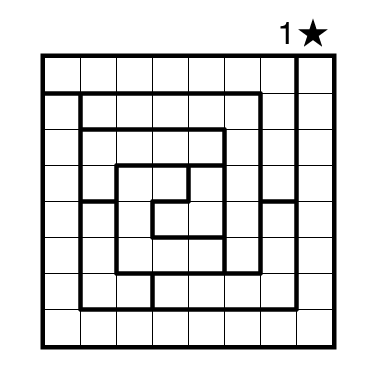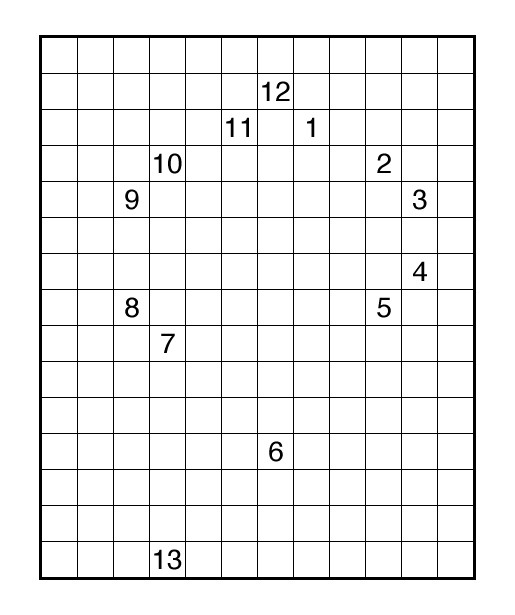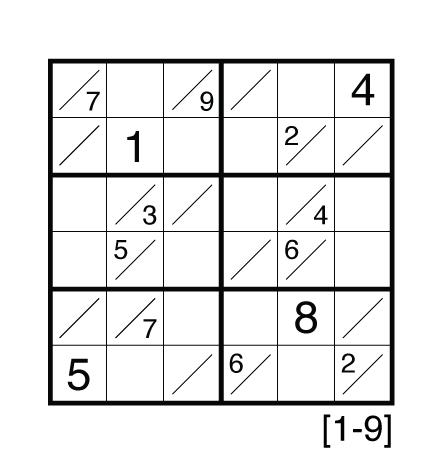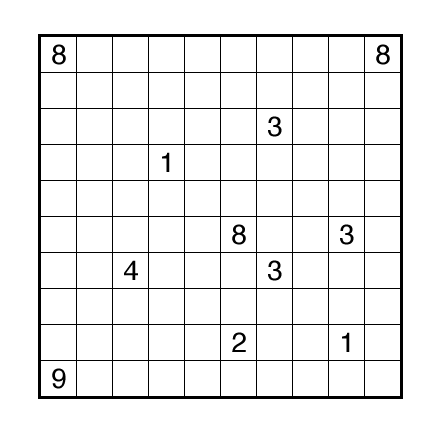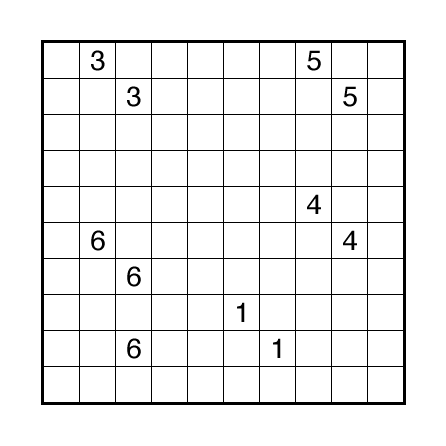[This is a repost from our archives with new notes at the top: Our second week of puzzles paired a puzzle type from another company (see yesterday’s post) with Tight Fit Sudoku, a style I originally created for the book Mutant Sudoku. The style actually framed the whole absent-minded scientist concept behind the mutations, as I “adopted” the Dr. Sudoku nickname for myself by telling a story in puzzle form of a chemist making mistakes that led to inventive puzzles. That book by Wei-Hwa Huang and myself (illustrated and edited by Francis Heaney) is one of the best I’ve been a part of, and one goal in 2023 is to start to republish these works that we have rights back for since they’ve been out of print. It looks like this early GMPuzzle is a bit harder than our standard Tuesday difficulties would become, but that is because I wanted the first puzzle to use a few occurrences of the different kinds of thinking that the “tight fit” rule allows. Enjoy!]
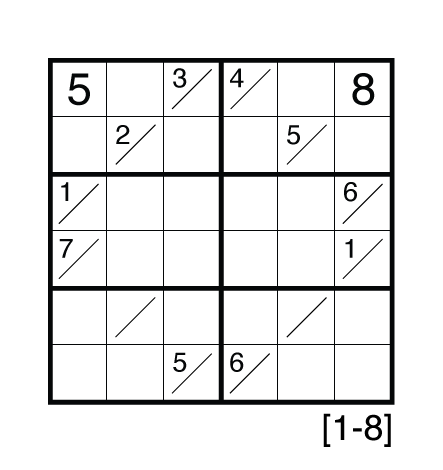
PDF
or solve online (using our beta test of Penpa-Edit tools; use tab to alternate between Sudoku = big digits and Number candidate = small entries in the corners of cells.)
Theme: Somewhere Over/Under the Rainbow
Rules: Standard Tight Fit Sudoku rules. Range is 1-8.
Estimated Difficulty*: 2.5 stars
Time Standards (highlight to view): Grandmaster = 1:30, Master = 2:45, Expert = 5:30
Solution: PDF
Note: Follow this link for other Tight Fit Sudoku puzzles on this website. If you are new to this puzzle type, here are our easiest Tight Fit Sudoku to get started on. More Tight Fit Sudoku can be found in our beginner-friendly collection Intro to GMPuzzles by Serkan Yürekli and in The Art of Sudoku 2.


